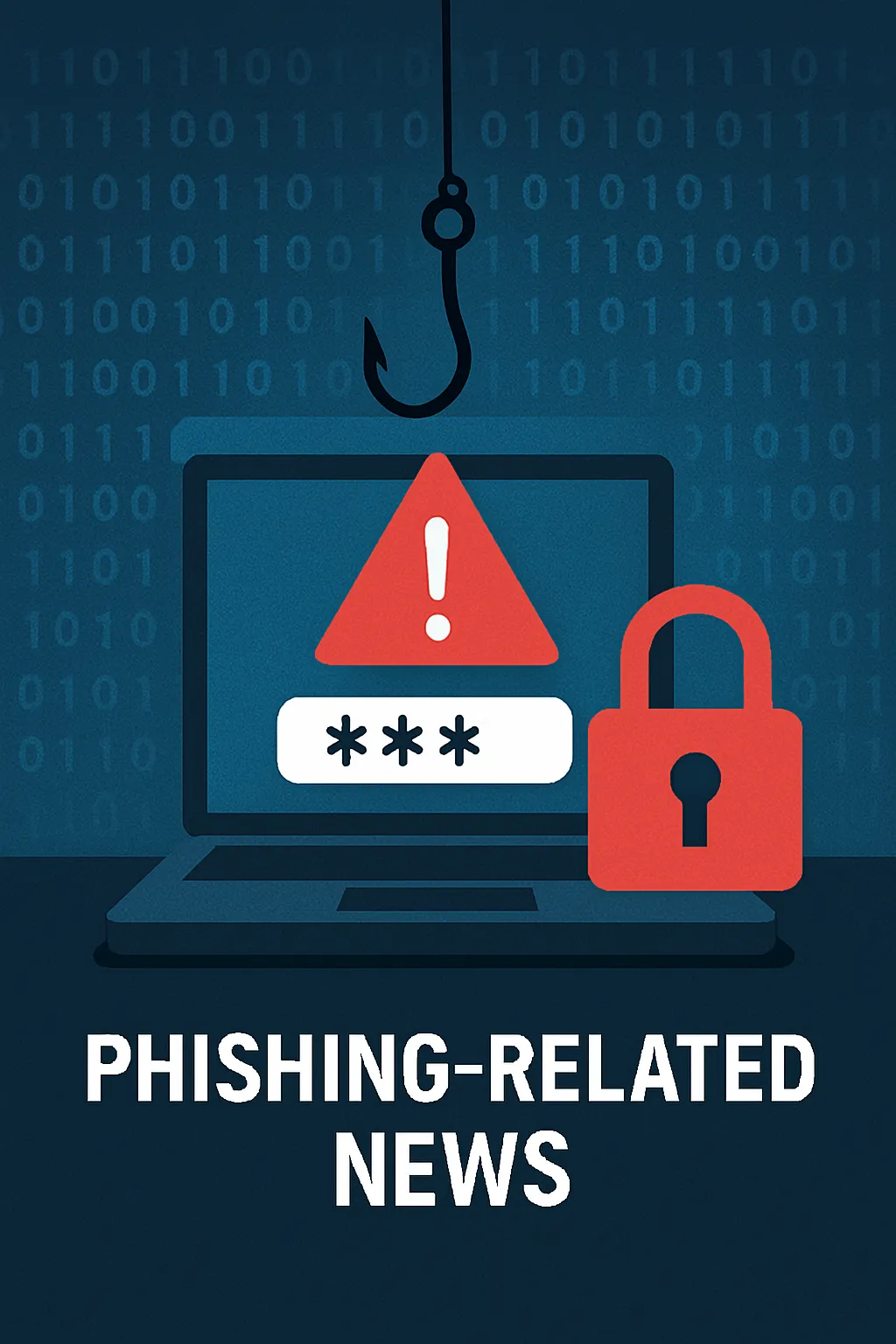Cybersecurity Alert: Navigating the Rising Tide of Phishing and Scams
In the ever-evolving landscape of digital security, staying informed and vigilant is paramount. This guide delves into the troubling increase in phishing and scams, aiming to equip you with knowledge and strategies to protect yourself effectively.
Understanding Phishing and Scams
Phishing is a form of cyber attack that involves tricking individuals into revealing personal information, such as passwords and credit card numbers, through seemingly trustworthy communications. Often, these attacks mimic communications from reputable sources to deceive victims.
Current Trends in Cyber Threats
Recent reports highlight a 617% spike in AI-driven phishing scams in Latin America, demonstrating the accelerated pace at which these threats are proliferating, fueled by advanced technological tools.
AI in Phishing
The integration of artificial intelligence in phishing schemes has made these attacks more sophisticated, capable of crafting highly believable and targeted messages that are difficult to distinguish from genuine communications.
Case Study: Student Aid Scams
Fraudulent schemes often target vulnerable populations, such as students seeking financial aid. Perpetrators of student aid scams frequently use urgent language or offer fake 'debt relief' to lure students into their traps.
The Resurgence of Typosquatting
'Typosquatting' involves registering misspelled variants of popular domain names in an attempt to catch accidental visits, a technique seeing newfound popularity among cybercriminals, as noted in a recent article on phishing scams.
Cybersecurity in Times of Crisis
The recent CrowdStrike outage has also seen an upsurge in phishing attempts as criminals exploit such vulnerabilities to spread malware or steal data.
Preventative Measures and Best Practices
To safeguard against these risks, critical steps include educating oneself about the hallmarks of phishing, verifying sources before engaging with any communications, and using robust cybersecurity tools and practices.
In conclusion, as digital threats evolve, so must our strategies to counter them. Staying informed, cautious, and proactive are the best defenses against the sophisticated arsenal of today's cybercriminals.

